history
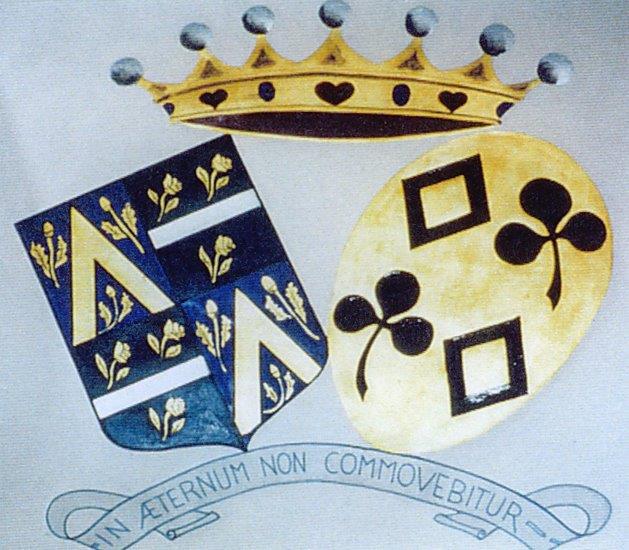
The “La Houssière” domain has Alsatian origins, and has long been a renowned hunting relay. Near the commune of Nogent-l’Artaud, the estate dominates the valley of the river Marne.
In 1906 Mr. Simon TEUTSCH, well known among Parisian financial circles, acquired across the Aisne and Seine-et-Marne departments a 1 000 Hectares estate comprising the farms and woods of Le Tartre. The TEUTSCH family mainly originates from Alsace (Bas-Rhin). On the commune of Wingen, at the Hochberg site, the glassmaker Jean Adam Stenger had created in 1715, with Count Lichtenberg’s support, a hollow glass, watch glass and window pane factory. At the onset of the 19th century, it became a manufacture of coloured glass window panes, run under Teutsch family management until 1878.

Construction de la Houssière
1906-1910

Ferdinand Foch
1851 – 1929
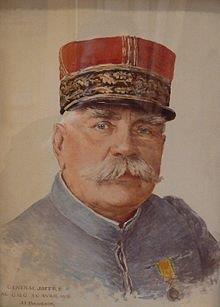
Joseph Joffre
1852 – 1931
At that time, as the surrounding plains and woods were overabundant with game, in order to set up a fine hunting relay Simon TEUTSCH decided to build there a Louis XIII style castle, using the millstone grit extracted on the spot. And as a lot of holly was growing all around, he called it “La Houssière” (houx is the the french for holly).
The years preceding World War II were prestigious ones for the domain, which welcomed government members such as President POINCARÉ and Field-marshals FOCH and JOFFRE.
In addition, La Houssière attracted skilled hunters like Prince Jean de Riquet de Caraman-Chimay, who regularly went to the place during 35 years. His mother was Marthe Werlé, of the Veuve Clicquot-Ponsardin House, and his father Prince Pierre de Riquet de Caraman de Chimay whose father, Marie Joseph Guy Henri Philippe de Riquet, Prince of Caraman, had been in 1890 Foreign Minister of Belgium and member of the Parliament.
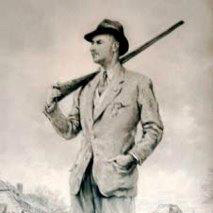
Jean de Riquet de Caraman-Chimay

jacqueline épouse J. Caraman-Chimay
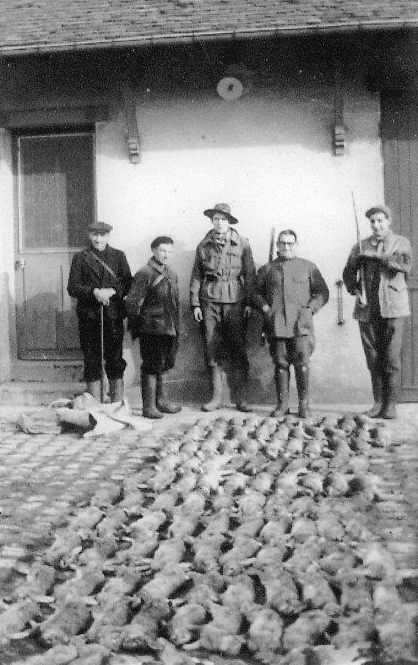
Journée de chasse à la Houssière vers 1950
The game bags of the time were impressive: between 1912 and 1930, the annual tables reached an average of 600 young partridges! Horse-drawn carriages and motor-cars swarmed from all parts, unloading their share of highly skilled hunters who, at dawn left to stride along the well stocked game forests.
In the evening, good traditional french cuisine was served continuously to the hunters, together with the excellent vintage production of the neighbouring areas such as Champagne, Alsatian and Burgundy wines, the latter agreeing particularly well with poultry game and venison.
Nothing was spared for the hosts’ comfort. Close to the dining room was a meeting room for newspapers, stake and bridge. Opposite was the weapon room with racks for guns. Upstairs, twelve rooms were prepared for the hunters rest, the second floor being destined to staff and hands. The basement was dedicated to culinary services, game preservation equipments and, naturally, vast cellars where, needless to say, an important reserve of fine wines and liquors was gathered, with the best choice of the most famous vintages…
The owner died in 1917 and, after the War, his heirs decided to part from the estate, which was then acquired by Baron Charles GILLÈS de PÉLICHY. During 40 years, La Houssière was rented to various hunting associations, and continued to welcome its usual guests.
Then, in 1967, Baron and Baroness Raymond GILLÈS de PÉLICHY decided to live there permanently, and devoted themselves with passion to the restoration of the house and of the adjacent forest.
The residence is now the property of Baron Emmanuel GILLÈS de PÉLICHY who, together with his wife Nathalie, wishes to host there cultural events and receptions for the pleasure and entertainment of their guests, in order to perpetuate the friendly and genuine environment created by their predecessors.
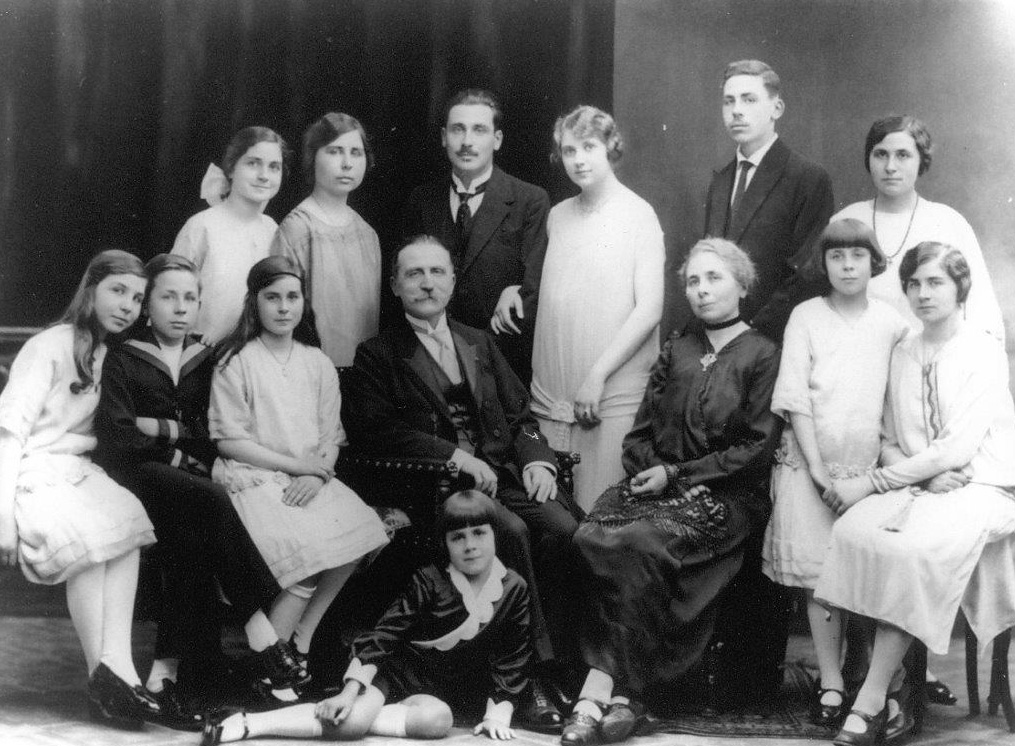
Baron Charles
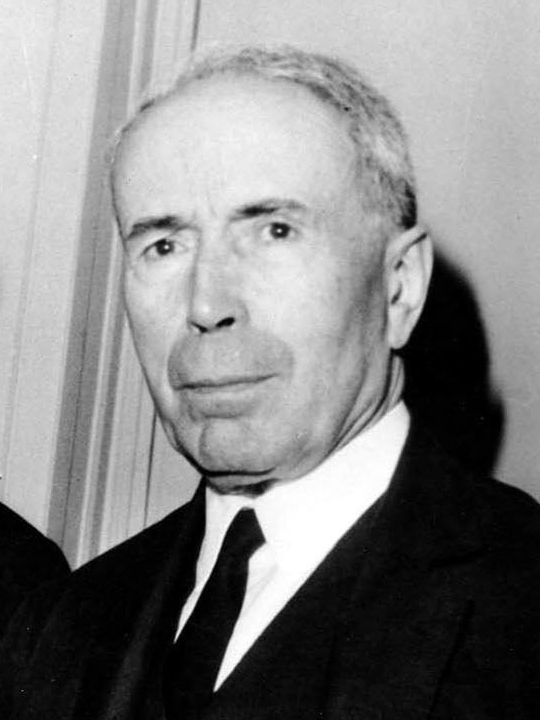
Antoine Pinay
1891 – 1994
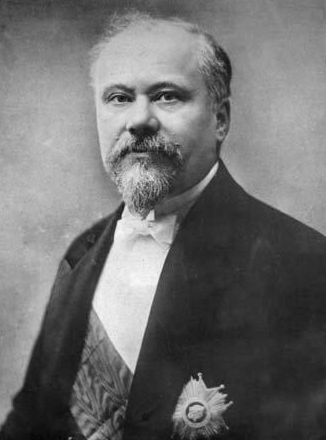
Raymond Poincaré
1860 – 1934
Among the historical events which left their prints on “La Houssière”, let us mention the passage, in 1958, of Mr. Antoine PINAY, French Minister of Finances who, in the castle dining room, carried out with President Paul RAYNAUD’s government the revalued French Franc institution. Ministers and police officers had then invested the castle and its surroundings.
During the same period, NATO and the Ministry for French Defense had installed near the castle, in the forest, a military radar, first order strategic place for the French Army and its Allies. A team of soldiers remained in place there between 1960 and 1970. An Air-Force reference mark terminal still remains on the castle tower.

 Français
Français